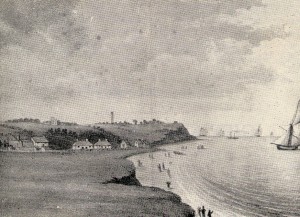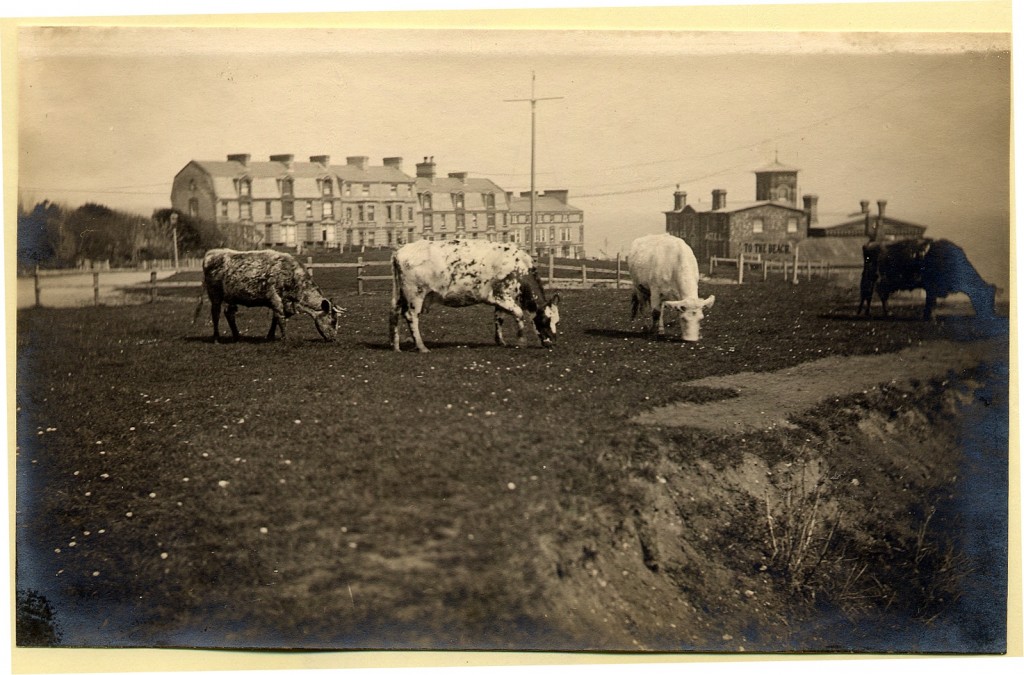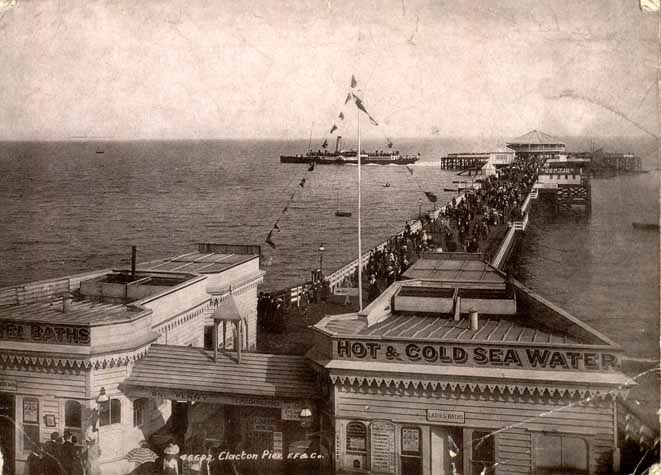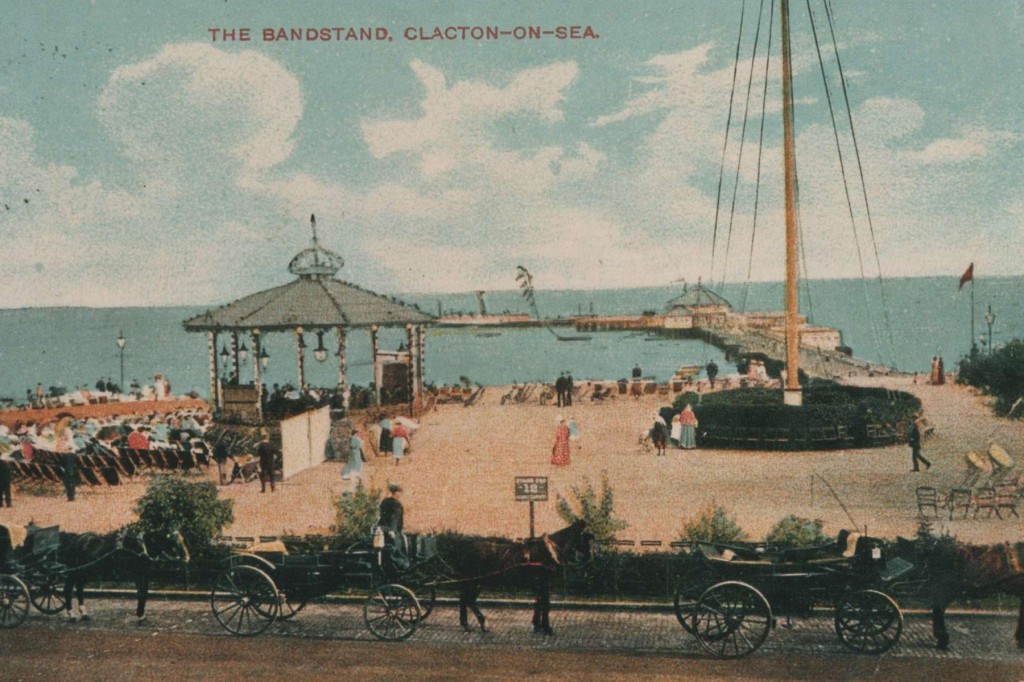North-East Essex Coastal Parishes. Part 1: St Osyth, Great and Little Clacton, Frinton, Great Holland and Little Holland
The latest volume of the Victoria County History of the County of Essex has been presented to Martin Astell the Essex Record Office Manager. This is the first of two volumes covering the North East Essex coastal parishes, from St Osyth to Walton on the Naze. Boydell and Brewer are also offering a spectacular 35% off for a limited period only. More details on that can be found below. All of the Victoria County History volumes draw heavily on the documents which are held at the Essex Record Office.


The nine Essex parishes lying in a coastal district between St Osyth and the Naze headland at Walton encompass a number of distinct landscapes, from sandy cliffs to saltmarshes, recognised as environmentally significant. The landscape has constantly changed in response to changing sea levels, flooding, draining and investment in sea defences. Inland, there was an agriculturally fertile plateau based on London Clay, but with large areas of Kesgrave sands and gravels, loams and brickearths. Parts were once heavily wooded, especially at St Osyth.
The district was strongly influenced by the pattern of estate ownership, largely held by St Paul’s Cathedral from the mid-10th century. About 1118-19 a bishop of London founded a house of Augustinian canons at St Osyth, which became one of the wealthiest abbeys in Essex. Most other manors and their demesnes in the district were small and their demesne tenants were of little more than local significance.

The area’s economy was strongly affected by the coast and its many valuable natural resources, including the extraction or manufacture of sand, gravel, septaria, copperas and salt, and activities such as fishing, tide milling, wrecking and smuggling. However, it remained a largely rural district and its wealth ultimately depended upon the state of farming. Until the eighteenth century it specialised in dairying from both sheep and cattle, but afterwards production shifted towards grain.
The coastal area has produced significant evidence of early man and was heavily exploited and settled in prehistory. The medieval settlement pattern largely conformed to a typical Essex model, with a complex pattern of small villages, hamlets and dispersed farms, many located around greens or commons.
Contents
Introduction: The North East Essex Coast; St Osyth; Great and Little Clacton; Frinton; Great Holland; Little Holland; Glossary; Note on Sources; and, Bibliography.







